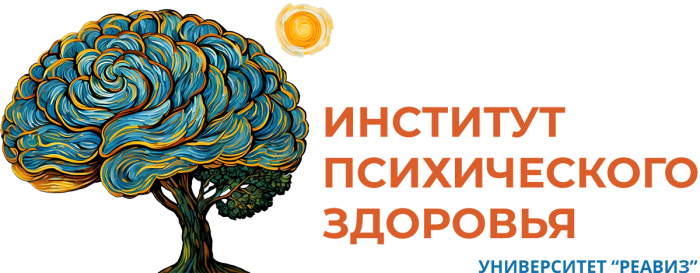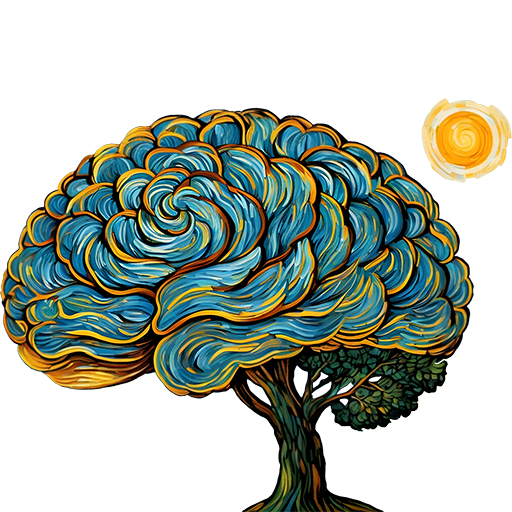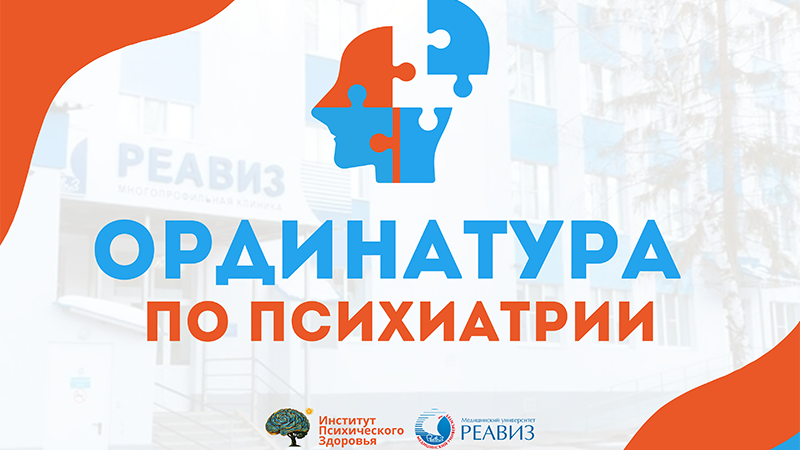Повестка расширенного заседания СНО «Реавиз» и Студенческой академической группы (САГА) Института психического здоровья
Повестка расширенного заседания СНО «Реавиз» и Студенческой академической группы (САГА Института психического здоровья
Дата заседания: 4 декабря 2025 г.
Время заседания: 15:00 (время Московское)
Адрес проведения мероприятия: СОКПБ, ул. Нагорная, 78, административный корпус, третий этаж, кабинет для учебных занятий Медицинского университета «Реавиз» (очно для Самары)
Ссылка на онлайн-подключение: https://us06web.zoom.us/j/88229226117?pwd=q3cxAHUpdz00nDmEMzyjqCvAaqakF8.1
Приглашаются все желающие студенты!
Повестка заседания:
- Отчёт по Европейскому дню депрессии – 2025, проходившему 31 октября – 1 ноября 2025 г. – 10 минут.
Докладчик: руководитель Института психического здоровья, Университет «Реавиз», к.м.н. Д.А. Смирнова.
- Введение в современную психофармакологию: первые шаги в терапии пациента с проблемами психического здоровья – 15 минут.
Докладчик: руководитель Отдела научных исследований и академического развития, Московский Институт психического здоровья, Московский медицинский университет «Реавиз», к.м.н. С.С. Потанин.
Дискуссия: 10 минут
- Запуск научного исследования по сбору лингвистических данных у пациентов с психотическими и аффективными расстройствами – 15 минут.
Докладчик: Специалист отдела научных исследований и академического развития, Медицинский университет «Реавиз», К.Р. Бикбаева.
Содокладчик: куратор проекта от САГА «Дискурс при психозе – международный мультицентровый проект, выборка русскоязычной популяции», Медицинский университет «Реавиз», С.С. Мусатов.
Дискуссия: 10 минут
- Мастер-класс по работе с трансляциями презентаций через сервисы ВКС – 15 минут.
Докладчик: руководитель Отдела программно-технического сопровождения, Самарский Институт психического здоровья, Медицинский университет «Реавиз», бакалавр технических наук А.Л. Власов.
Дискуссия – 10 минут
- Резолюция заседания (для подготовки отчетного протокола заседания).
Планирование расширенных заседаний СНО на 4 города (Самара, Санкт-Петербург, Москва, Самара): 1 раз в квартал (3 раза в год – ноябрь, февраль, май), объявления в ТГ канале САГА – https://t.me/c/2245570700/124
Очные заседания САГА в Самаре с онлайн трансляцией повсеместно для участников группы (клинические разборы пациентов только очно): 1 раз в месяц, объявления в ТГ канале САГА – https://t.me/c/2245570700/124






